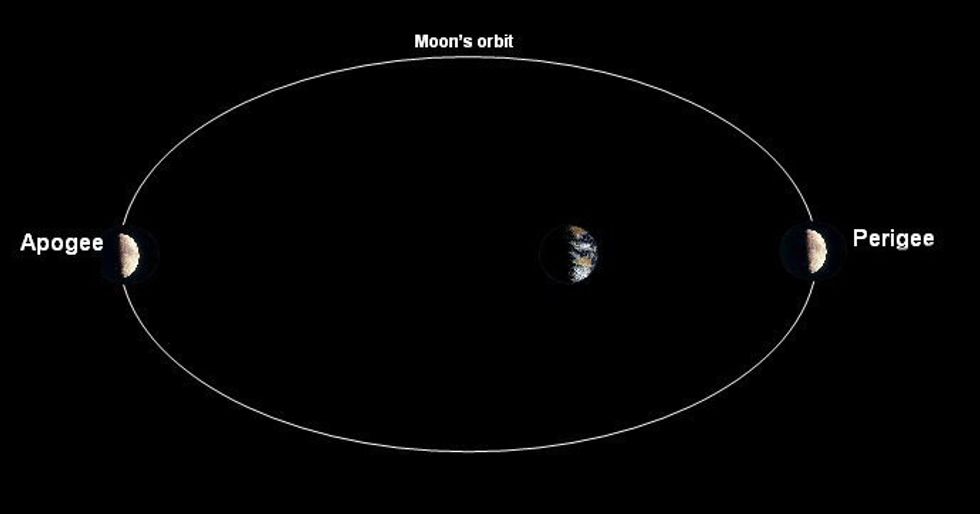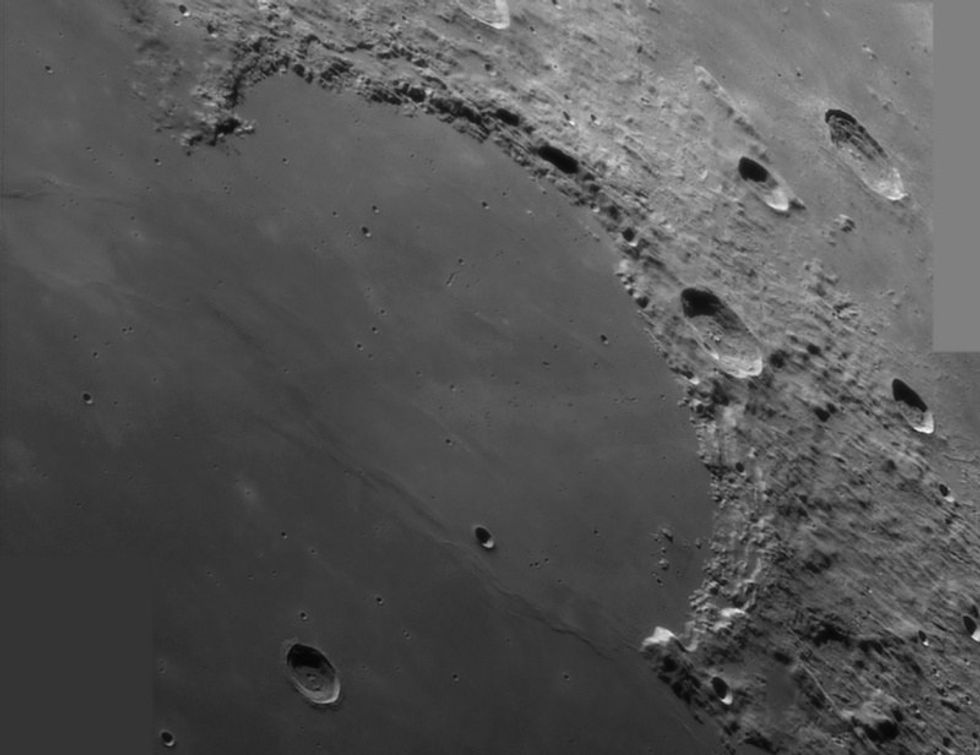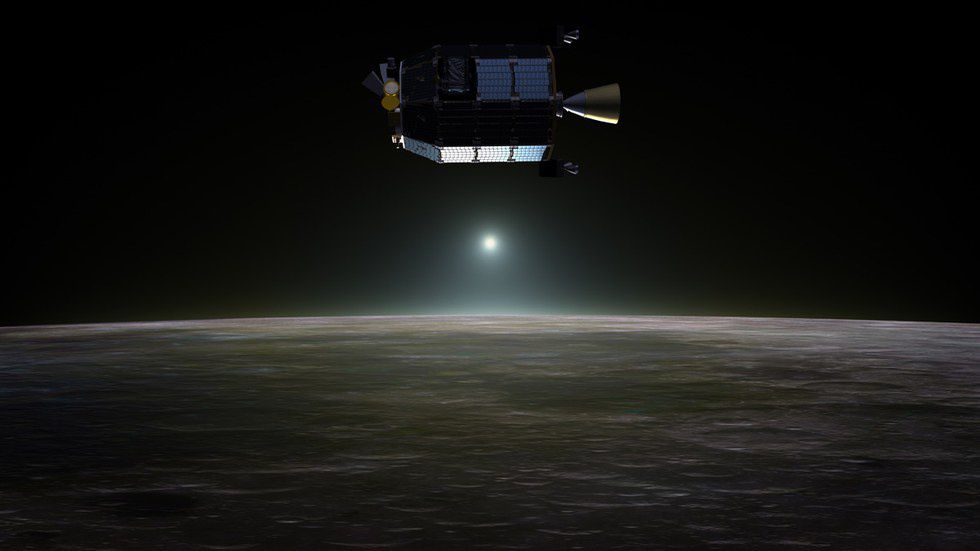Did you get a chance to check out the Supermoon eclipse last Sunday night? What a spectacle! From ancient cultures praying for good harvests to individuals peering outside during sessions of Netlix and chilling, the Moon holds a dear place in all of our hearts. The moon illuminates the night, supports regular tidal activity, and graces us with an awesome Lunar Eclipse every once in a while, but the Moon has some characteristics that you may not know about. Here are five cool facts about the Moon.
1. The Moon used to be a part of Earth.
In modern astrophysics, there’s an idea that the Moon formed from material that separated from the Earth a very long time ago. The Big Impactor Theory posits that about 4.5 billion years ago, when the Earth was very young, a Mars-sized object slammed into the Earth, blasting a gigantic amount of planetary material into space. This material stayed in orbit around the Earth and eventually coalesced into the Moon in just a few million years. During its formation, the Moon looked much different, having a molten surface and being constantly bombarded by meteors. Luckily, it has helped shield the Earth from impactors ever since. Thanks Moon!
2. The Moon moves towards and away from the Earth in its orbit.
By 1619, an astronomer by the name of Johannes Kepler had
formulated three laws that governed the motions of planets around the Sun.
However, it turns out that these laws also apply to moons orbiting their
planets and one of these laws tells us something cool about the Moon. Kepler’s
second law states that all orbits are elliptical, that is, not completely
circular. The Moon orbits the Earth at an average distance of 384,400 km, but at
its closest approach (perigee), it comes within 362,600 km, while at its
farthest approach (apogee), its orbit extends to 405,400 km. That’s a huge
difference, but this changing distance contributes to the regularity of the tides, and is a very cool
property of orbital dynamics.
3. The Moon’s dark spots are ancient seas of lava.
Anyone staring at the Moon will notice that the surface has many features that differ in color. The whiter spots are known as the lunar highlands, while the darker regions are called maria, Latin for seas. Ancient astronomers thought the dark regions were seas full of water (hence the name), just like on the Earth, but what they actually are is far more interesting. As the Moon cooled down during its formation and a crust began to form, the interior was still very active. Occasionally, a large asteroid would mosey on by, slam into the Moon, and break through the crust layer, releasing trillions of tons of basaltic lava from beneath the surface. This happened many times, and the lava cooled on the surface, presenting us with the maria that we see.
4. The Moon only shows us one of its hemispheres at all times.
Have you ever heard of the Dark Side of the Moon? Pink Floyd’s 1973 album is legendary in the sphere of progressive rock, but I’m talking about the face of the Moon that we never see! It’s funny that it’s called dark, because it sees just as much light as the side facing us does. But why don't we ever see it? The Moon is in what astrophysicists call synchronous rotation with the Earth. That is, the Moon is tidally locked to the Earth with one side forever facing us. In fact, the first time humanity laid eyes on the other side of the Moon was in 1959 when the Soviet Union’s Luna 3 space probe flew by and took photographs. It’s probably a good thing that we only see one side, as the far side of the Moon (a much more correct term) is far less attractive, as it is densly covered with craters and very few maria.
5. The Moon has an atmosphere
.Believe it or not, the Moon does have an atmosphere. It isn't very thick and it isn't very dense, but it's there and its characteristics are very interesting. Astronauts from the Apollo 17 mission described twilight rays at sunrise and sunset while they were on the Moon. This led some scientists to hypothesize a thin lunar atmosphere, likely only a few hundred feet tall, comprised of heavy atoms that are widely dispersed across the lunar surface. Some of the gases that are present are sodium and potassium, and that's odd because neither of those elements are present in the atmospheres of Venus, Earth, or Mars. It's believed that impacts from micrometeorites, continuous bombardment by the solar wind, and constant exposure to sunlight all break up the lunar surface and release trace quantities of argon, helium, nitrogen, and a handful of other elements, which constitute the lunar atmosphere. However, the lunar surface is still highly unlivable. While the density of the lunar atmosphere is greater than that of Mercury, it's still barely better than what we consider a "good vacuum" in laboratories here on Earth.
The Moon might not be the greatest place for a vacation just yet, but it's as majestic as ever and still holds many mysteries about Earth and our solar system that we're eagerly waiting to solve.























